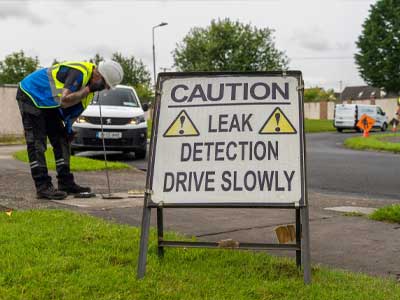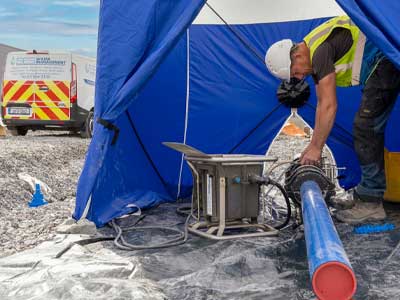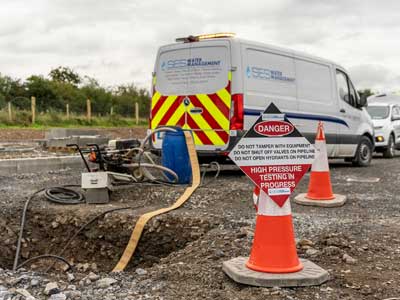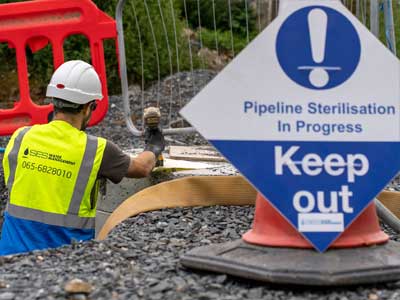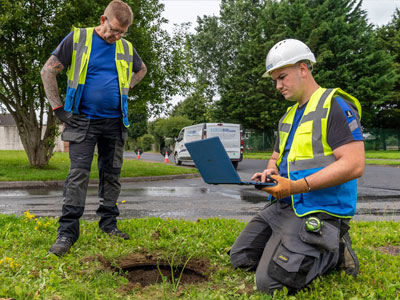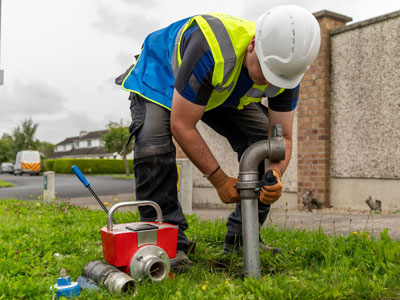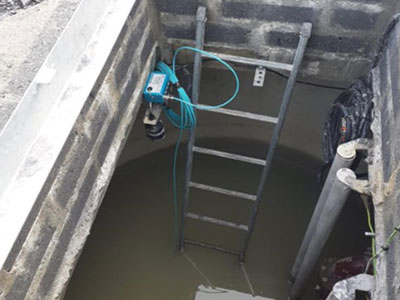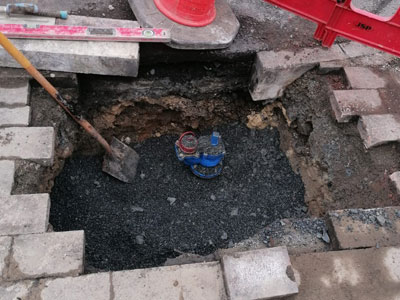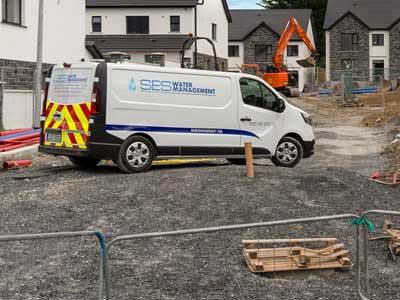SES Water Management specialises in water conservation providing essential services in a safe, efficient and reliable manner.
We provide leak detection, pipeline testing, sterilisation, welding & fire hydrant testing and other services in the water industry in a variety of sectors.
Our Services

Find out more about what SES Water can do for you

